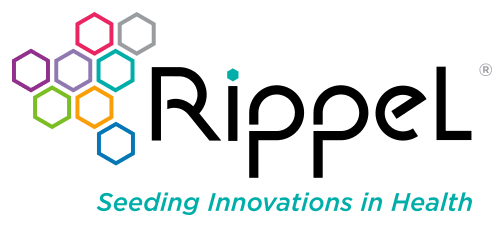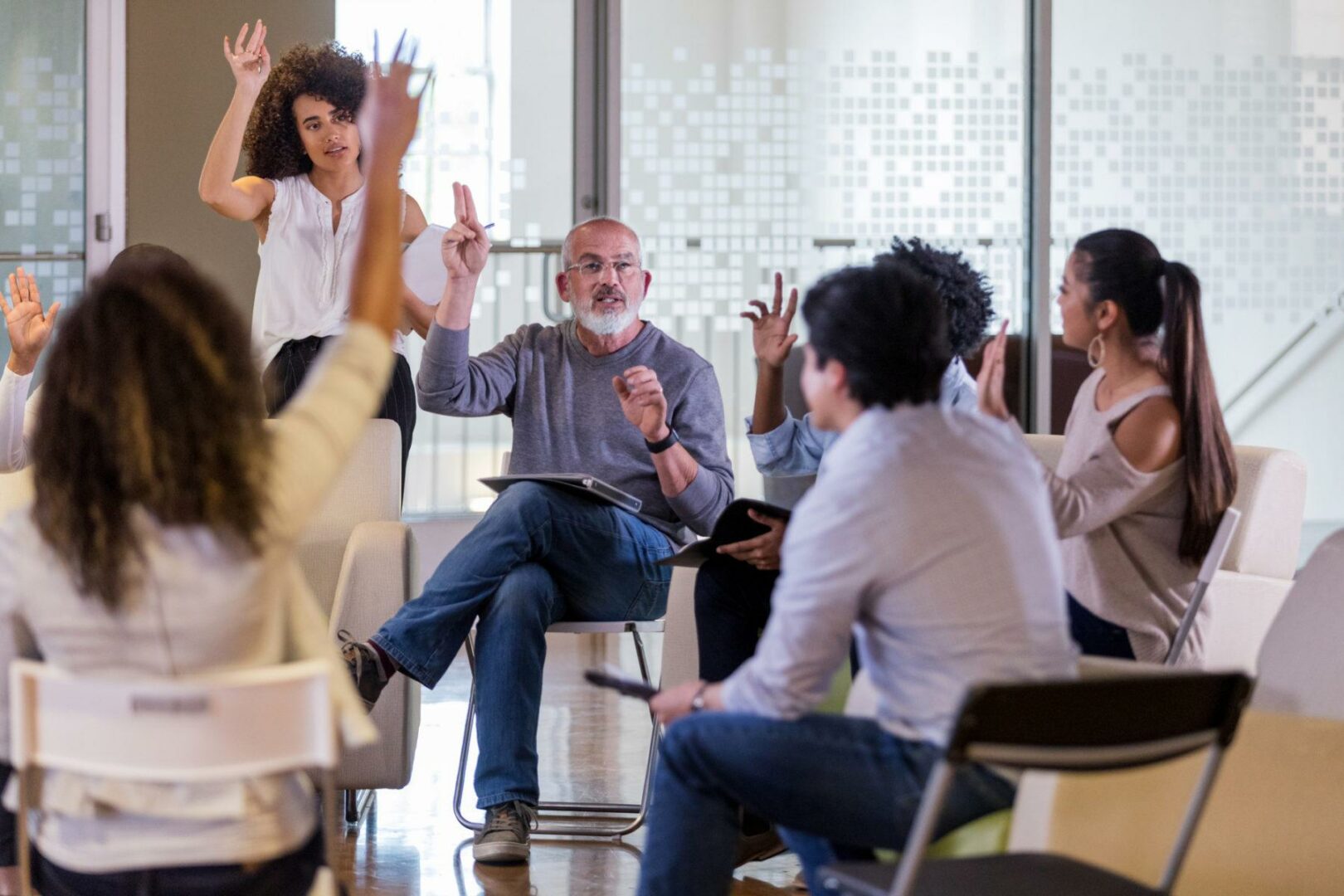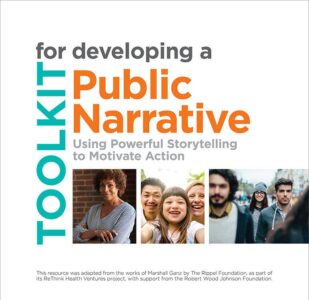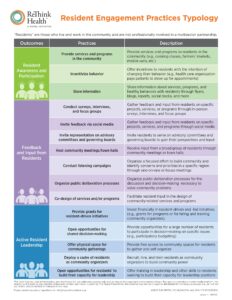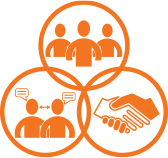
Resident Engagement
Why should stewards working to transform the health and well-being of their regions care about the way they engage residents?
First, sustained resident engagement can result in more effective and equitable policies and practices—and increase residents’ support for them.
Second, engagement—especially when sustained over time—strengthens the regional networks that have direct, positive effects on residents’ physical and mental health and well-being.
Third, sustained resident engagement builds relationships between people, organizations, and sectors so that they can understand and support one another better.
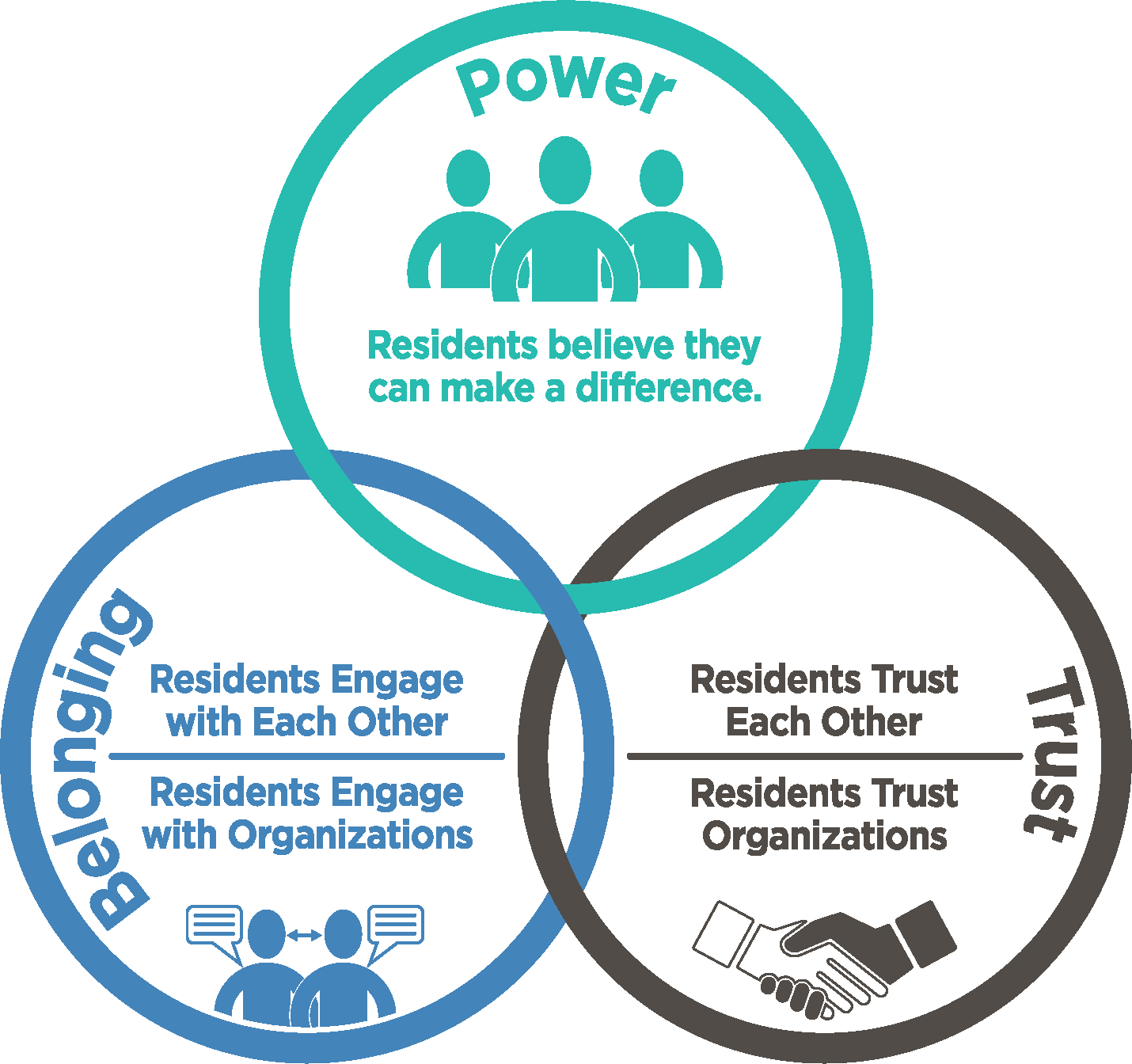
Ensuring active resident engagement and leadership—in which residents have a respected voice and real power in decision-making—is essential to creating the kind of effective cross-sector collaboration that can transform regional health and well-being.
How do we know?
To understand what kind of resident engagement stewards need to pursue when they are interested in transformation, ReThink Health conducted an extensive review of the literature and more than 50 interviews with stewards across the nation, examining the role of ordinary people in shaping big cultural shifts from the past. We wondered: how did resident engagement play (or not play) a role in the anti-smoking or recycling movements, for example?
We discovered that the critical moment in various movements’ successes occurred when the lead organizations started creating conditions for large numbers of local residents to act in new and different ways.
Stewards learned how to:
- influence and create conditions for residents to act collectively and build power with the purpose of creating health;
- support and develop the capacity of local residents to lead some of the transformational efforts; and
- partner with residents to accomplish what they see as the goals, even if those goals seem to go beyond the scope of their immediate agenda.
That means no more stale, rote exercises conducted to meet a regulatory requirement or to check a box on a funding application. No more design without paying attention to historical context or critical analysis of existing power dynamics. And forget siloed and inconsistent efforts that are treated as side shows needing only limited implementation.
Stewards interested in learning more about how to meaningfully engage residents can start with our planning curriculum tool for developing a resident engagement strategy, and dig into the blogs and resources below. The kit evolved out of the research above, as well as our direct engagement with Way to Wellville, Centers for Medicare & Medicaid Services, CACHI: California Accountable Communities for Health Initiative, New York State Foundation, and many other communities and residents across the United States.
